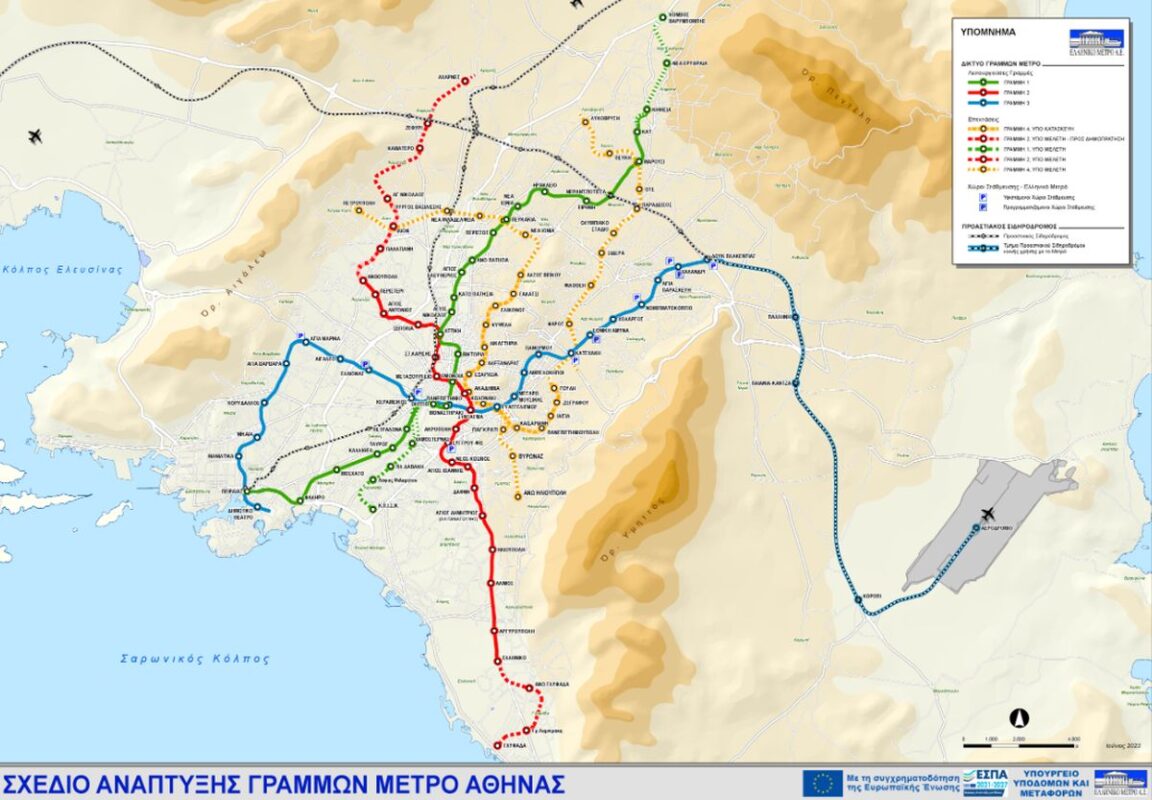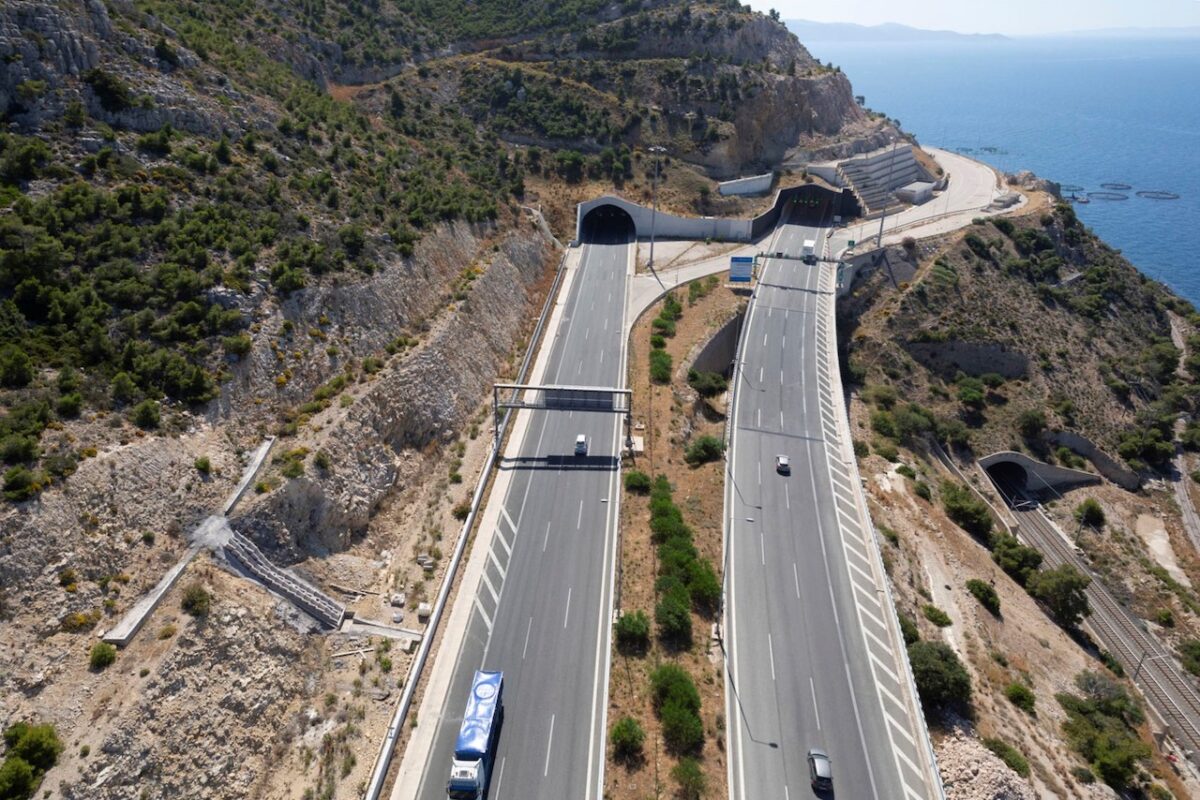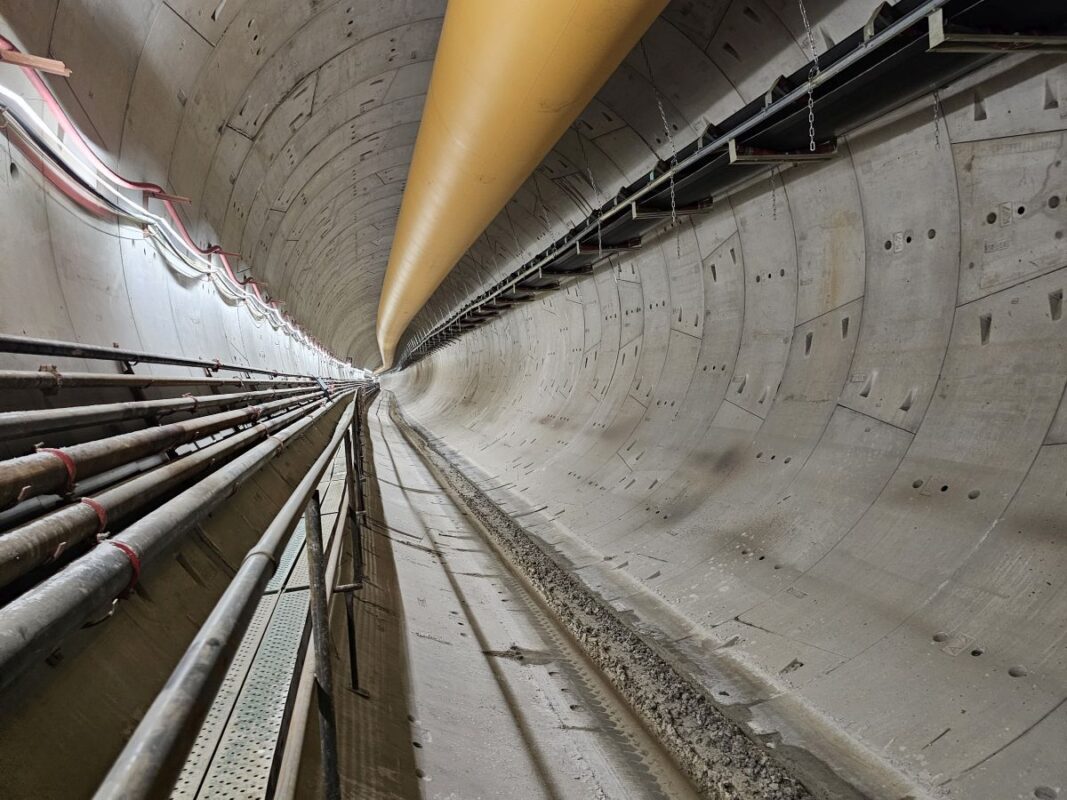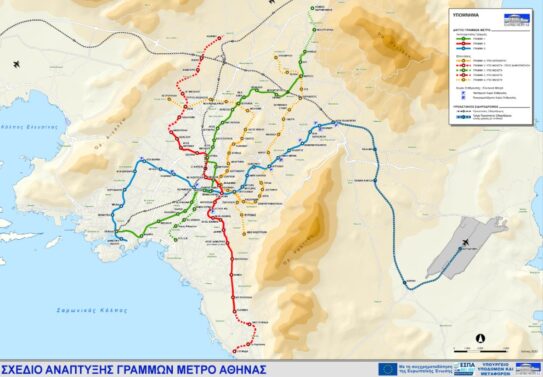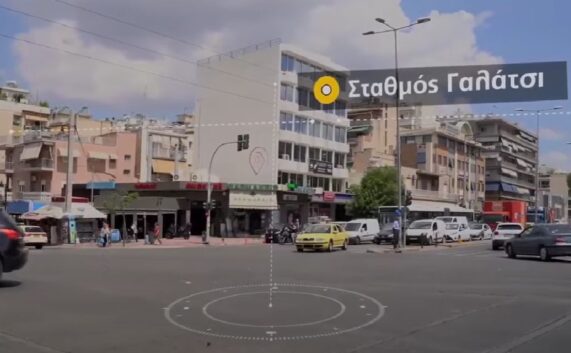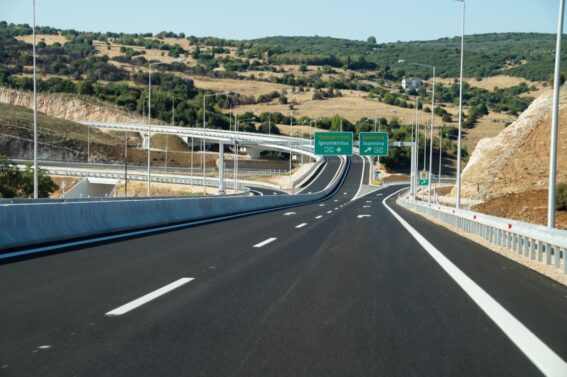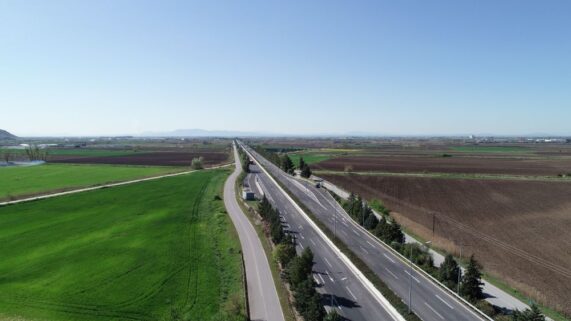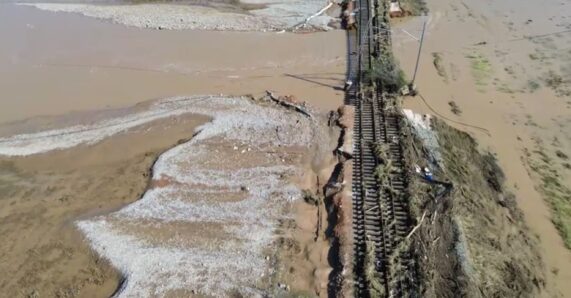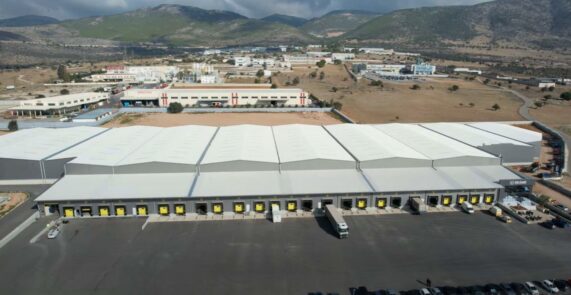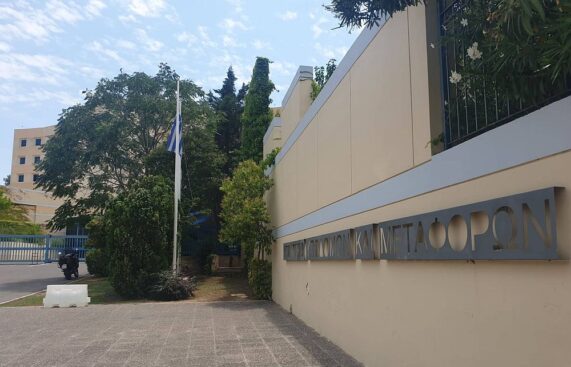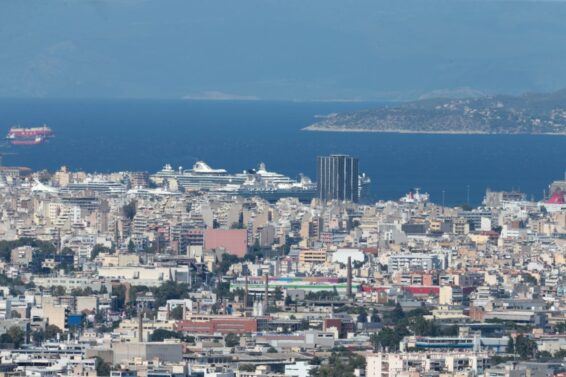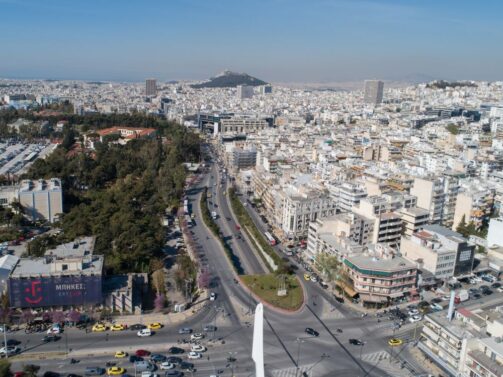The country’s motorway network is on a course to reach and surpass 3,000 kilometers in the next ten years. With the completion and full operation of the new road axis of the Ambracia Road, the network has grown by approximately 50 kilometers. Today, the country has approximately 2,350 kilometers of closed highways, of which around 2,160 kilometers have tolls.
It is one of the most modern road networks in Europe, as our country was delayed in the construction of highways, resulting in most of them being completed relatively recently. This, however, contributed to the development of networks with modern features, and almost all of these axes operate under concession agreements from the Greek government.
More specifically, today the highway network includes the Egnatia Odos with 670 kilometers, along with the perpendicular axes to it, namely Siatista-Krystallopigi, Thessaloniki-Efzonoi, and Thessaloniki-Promachonas, adding another 213 kilometers. Additionally, there is the Olympia Odos with the operational section Elefsina-Patra, covering a length of 203 kilometers, the highway network also includes the Ionian Road in the section Antirrio-Ioannina with a length of 196 kilometers, the New Road in the section Metamorfosi-Skarfeia covering 172.5 kilometers, the Moria Motorway in the section Corinth-Kalamata, Megalopolis-Sparta, and the Regional Road of Kalamata with a length of 205 kilometers. Additionally, there is the Aegean Motorway in the section Raches-Kleidi spanning 263 kilometers, the Central Road in the sections Skarfeia-Raches (57 km) and Xyniada-Trikala (78.5 km), the Attiki Odos with a length of 70 kilometers, and the Regional Road of Thessaloniki with 31.4 kilometers.The Thessaloniki-Kassandra axis is also part of the closed highway system, with a length of 95 kilometers. Additionally, in the Western Crete Motorway (VOAK), there are bypasses for Chania, Rethymno, Heraklion, and the section Heraklion-Chersonissos, covering a total length of approximately 40 kilometers.
Scheduled projects until 2030
Recently, 49 kilometers of the Ambracia Road were added to this network. What is a reality is that this number will increase significantly in the coming months and years, as it is estimated that by 2030, gradually, more than 410 kilometers of new highways will be added in various regions of the country.
The Ministry of Infrastructure and Transport, overseeing the major road projects in the country, plans to have sections of the Central Road operational by summer, including the Lamia-Xyniada segment of 32.5 kilometers and the Trikala-Kalambaka segment. Additionally, by 2025, the Kalambaka-Egnatia section, totaling 64.5 kilometers, will be opened to traffic. With these, the Central Greece Motorway, also known as E65, will be completed.
In 2025, the new section of the Olympia Odos from Patra to Pyrgos, covering a length of 75 kilometers, is expected to be opened to traffic, further increasing the total length of Greek highways. With this expansion, the Olympia Odos will justify its name as it will “touch” the region of Ancient Olympia.
It is estimated that in 2026, the sections of the VOAK from Chersonissos to Neapoli and Neapoli to Agios Nikolaos, totaling approximately 27 kilometers, will be opened to traffic. Furthermore, gradually, another 157 kilometers will be opened to traffic by 2030 for the main section Chania-Heraklion-Chersonissos (approximately 30 kilometers of which already have highway characteristics). The goal is, of course, to have this significant project of the Ministry of Infrastructure and Transport signed by 2025.
Around 2027, it is expected that the new section of the Regional Road of Thessaloniki for the flyover and Ioannina-Kakavia will be added. It should be clarified that some road projects do not have highway characteristics, such as the Bypass of Chalkida and Psachna, the Bralos-Amfissa, and the Kalamata-Methoni, which are roads with characteristics of expressways.
On a fast track towards 3,000 kilometers of highways in Greece
Essentially, by 2030, the length of Greek highways will reach almost 2,800 kilometers. This figure is expected to be further increased by the optional addition of the Western Crete Motorway (VOAK) in the section Kissamos-Chania, approximately 50 km. Additionally, there may be additions, especially in Attica, with the contemplated expansions concerning the axes Koropi-Lavrio, Spata-Rafina, Katechaki-Vouliagmenis Avenue (Hilioupolis Tunnel), Elefsina-Oinofyta. If these expansions proceed, the country’s highway network will surpass the barrier of 3,000 kilometers.
Specifically for Attica, proposals have been submitted by construction groups in the country to expand the Attiki Odos to new areas, such as the ports of Lavrio and Rafina, as well as the so-called Attica Bypass, which is believed to relieve the congested axis of Kifisou Avenue, where traffic congestion is a daily occurrence. The cost of these four expansions is estimated to be over 2 billion euros.
On the other hand, voices are pointing out that the country has overemphasized road projects, neglecting the development of fixed-track transportation with an emphasis on railways. However, the development of one mode of transportation does not necessarily imply the degradation of another, as transportation diversity is a desirable goal. Nevertheless, the development of the country’s railway network undoubtedly lags behind that of the road axes.
For more details and the complete article in Greek, click here
ΜΗΝ ΞΕΧΑΣΕΤΕ
- Ακολουθήστε το ypodomes.com στο Google News και μάθετε πρώτοι όλες τις ειδήσεις για τις υποδομές στην Ελλάδα
- Αν είστε επαγγελματίας του κλάδου, ακολουθήστε μας στο LinkedIn
- Εγγραφείτε στο Ypodomes Web TV

